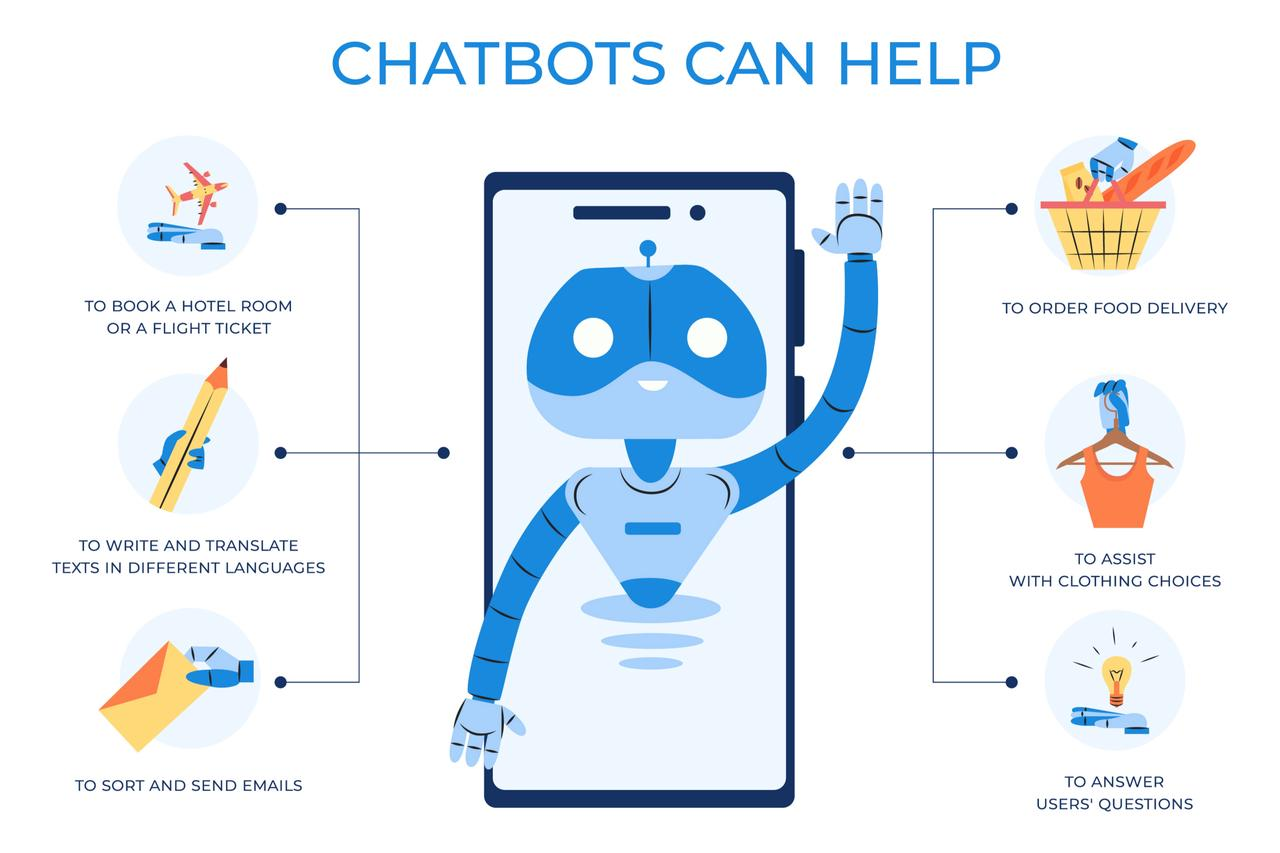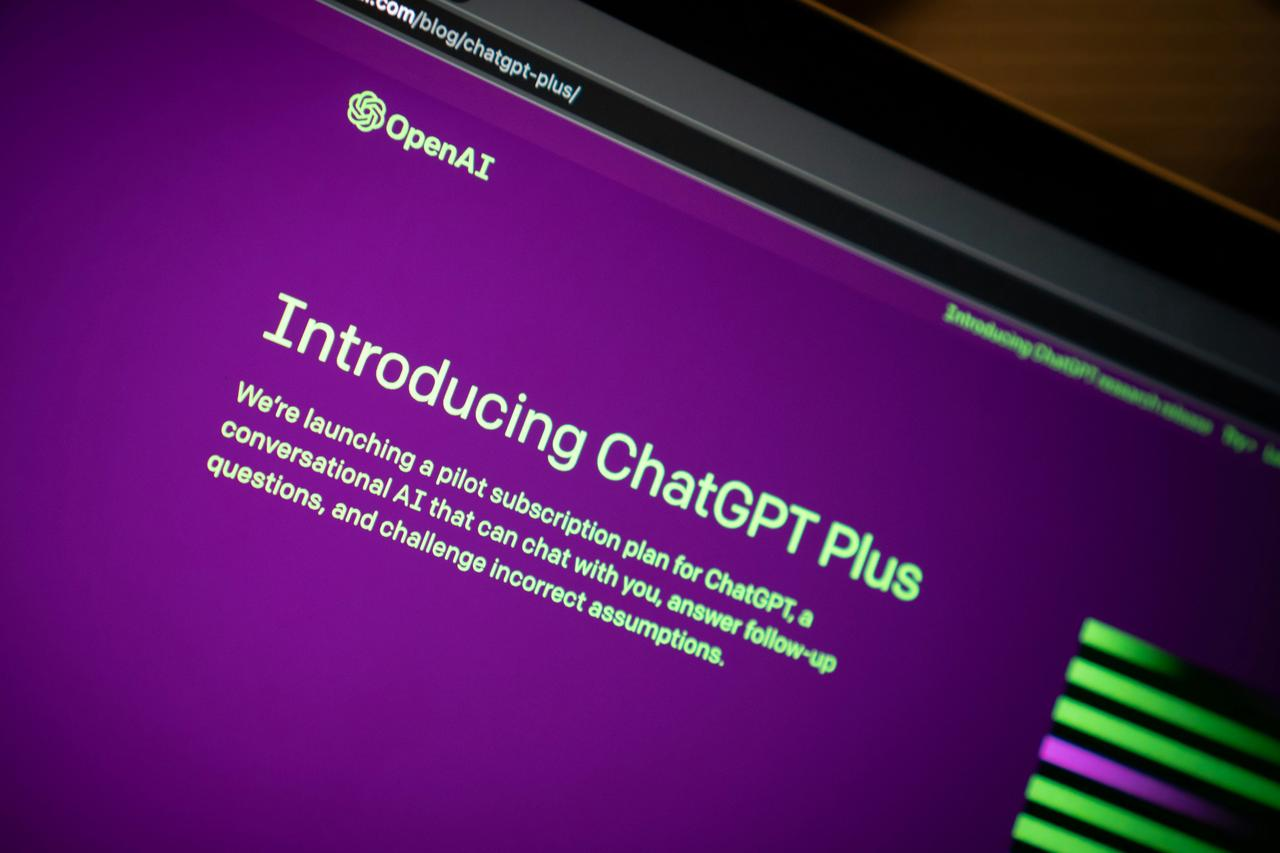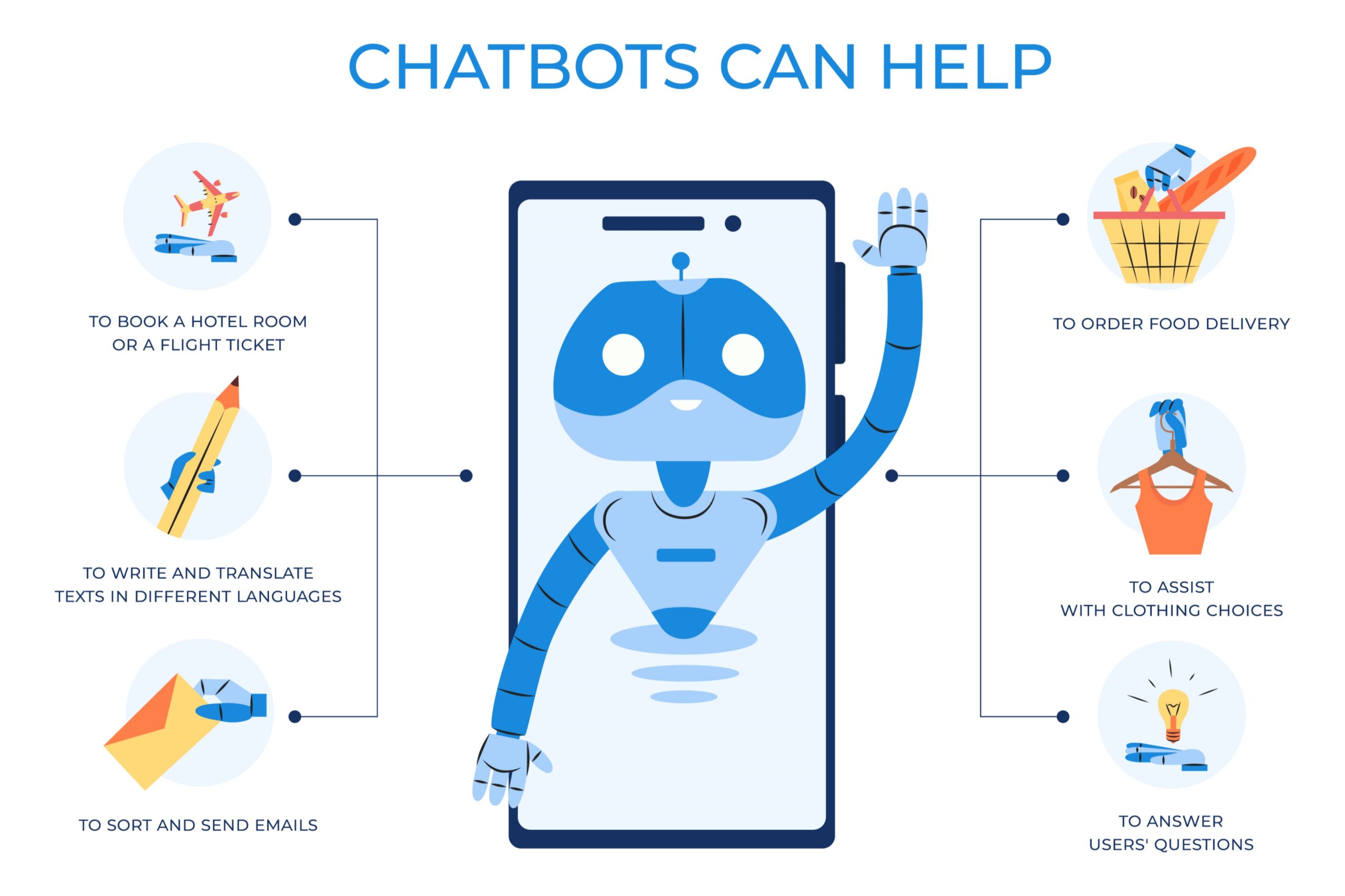Since the rise of ChatGPT, AI chatbots have become a trending topic thanks to their ability to perform various tasks that can simplify personal and professional lives. These AI assistants can help you write code, draft emails, create reports, generate art, craft Excel formulas, and much more, all with just a simple command.
The success of ChatGPT inspired many competitors to develop their own versions, leading to a wide range of AI chatbot options available today. Each comes with its unique strengths, use cases, and levels of complexity, offering users diverse choices based on their needs.
This guide will cover everything you need to know before selecting your next AI assistant—what it’s best suited for, its advantages and disadvantages, pricing, the language model it uses, and more. Whether you’re entirely new to AI chatbots or a seasoned user, this blog will help you explore a new option you might not have tried yet.
What is an AI Chatbot?

An AI chatbot (an AI writer) is an AI-powered program capable of generating written content from a user’s input prompt. These chatbots come equipped with various AI features that enhance their capabilities, such as natural language processing and machine learning algorithms. AI chatbots can write anything from a rap song to an essay upon a user’s request. The extent of what each chatbot can write about depends on its capabilities, including whether it is connected to a search engine.
AI chatbots can help reduce company operational expenses by automating routine tasks and inquiries. They can also improve the overall customer experience by providing instant responses and 24/7 support.
Definition of AI Chatbots
AI chatbots are sophisticated computer programs that leverage artificial intelligence (AI) to simulate human-like conversations with users. These chatbots are designed to understand and respond to user input, often employing natural language processing (NLP) and machine learning algorithms to generate responses that mimic human interaction. By analyzing and interpreting the user’s language, AI chatbots can provide relevant and contextually appropriate replies. This advanced AI technology enables chatbots to perform a wide range of tasks, from customer service and language translation to entertainment and beyond.
Benefits of Using AI Chatbots
The benefits of using AI chatbots are numerous and impactful, particularly for businesses looking to enhance their customer service and operational efficiency. Here are some key advantages:
Improved Customer Service: AI chatbots can provide 24/7 customer support, addressing frequently asked questions and assisting users with simple tasks. This ensures that customers receive timely help, regardless of the time of day.
Increased Efficiency: By automating repetitive tasks, AI chatbots free up human customer support agents to focus on more complex issues. This not only improves productivity but also allows human agents to handle tasks that require a personal touch.
Personalization: AI chatbots can use machine learning algorithms to tailor responses to individual users, enhancing the overall user experience. By learning from past interactions, chatbots can provide more accurate and relevant answers over time.
Cost Savings: Implementing AI chatbots can significantly reduce the need for human customer support agents, leading to substantial savings on labor costs. This makes AI chatbots a cost-effective solution for businesses of all sizes.
The Best AI Chatbots of 2024
In May 2024, OpenAI upgraded the accessible version of ChatGPT, addressing its most significant limitations and surpassing other AI chatbots in the market. Many of these chatbots are available as free AI apps, making advanced AI technology accessible to a broader audience. This update also addressed other considerable pain points users experienced with earlier versions, such as its sometimes-confident misinterpretations of facts and occasional lack of context awareness. This significant enhancement propelled ChatGPT to the top, solidifying its position as the best AI chatbot available today. Keep reading to learn why ChatGPT stands out and how it compares to competitors like Copilot, You.com, Perplexity, and more.
1. ChatGPT

ChatGPT is a widely successful conversational AI chatbot. After its late 2022 release, it took the world by storm in 2023 and put AI back in the news. Its advanced capabilities enable it to excel in various writing tasks, such as drafting emails, essays, resumes, and lists, as well as performing complex STEM-related functions like writing and debugging code and solving challenging math problems. ChatGPT utilizes advanced AI models like GPT-4o, which enables it to perform complex tasks with high accuracy.
Initially, Microsoft’s Copilot outperformed earlier versions of ChatGPT by addressing fundamental limitations, such as the lack of internet access and a fixed knowledge base that hindered real-time information retrieval. However, in May 2024, OpenAI dramatically enhanced ChatGPT by introducing competitive features that resolved these pain points. The new update, powered by the latest language model GPT-4o, provided ChatGPT with powerful functionalities, including web browsing, image recognition, data analysis, file uploads, and access to specialized GPT tools.
Before this upgrade, many of these premium features were restricted to the ChatGPT Plus subscription tier. With the May 2024 update, free users can enjoy a range of these advanced functionalities, making it a significant improvement for everyone using the platform.
Getting started with ChatGPT has also become more accessible, as OpenAI no longer requires users to log in for primary use. Simply visiting the website allows you to begin chatting immediately. Users still need to sign in to access more advanced features, but creating a free account is quick and easy.
Key Features of ChatGPT
Powered by OpenAI’s GPT-4o or GPT-4o Mini (when at capacity);
Capable of generating text, solving math problems, and writing code;
Outstanding conversational skills;
Available to the public for free, with additional features for registered users
2. Anthrophic Claude: AI Assistant
Anthropic introduced its first AI assistant, Claude, in February 2023. Claude is one of the leading AI apps designed to assist with tasks such as coding, math, writing, and research. Like many of its leading competitors, Claude can assist conversationally with various tasks, including coding, math, writing, and research. What sets Claude apart is its ability to deliver clear, concise responses without the lengthy introductions or conclusions that other chatbots, like ChatGPT, sometimes include.
Key Features of Claude
Powered by the Claude 3 model family
Capable of handling document uploads
Trained on data up to 2023
Designed to be helpful, harmless, and honest
The chatbot excels at maintaining a natural flow of conversation. It provides follow-up questions to ensure it’s offering the best possible assistance and delivers meaningful answers. For example, if asked, “What is the meaning of life?” Claude doesn’t just stop after answering; he follows up with, “Would you like me to elaborate on any of these perspectives or explore this question further?”. This level of engagement mimics the feeling of interacting with a human or a tutor. In contrast, ChatGPT didn’t include a follow-up when asked the same question.
One of Claude’s biggest strengths is its conversational capabilities. The chatbot feels like a natural communicator, asking clarifying questions to refine its responses and better serve the user’s needs. This style makes it one of the most “human-like” AI chatbots currently available.
Usage Limits and Advantages
Claude is currently in open beta, which means it has a context window and daily message limits that can change based on demand. However, its context window is remarkably long, allowing the bot to remember up to 150,000 words per conversation. Claude is especially useful for reviewing lengthy PDFs or carrying on extended conversations without losing track of previous topics.
Claude 3.5 Sonnet has also outperformed OpenAI’s GPT-4o in specific benchmarks, signaling a competitive edge in the ongoing AI race. This leap in performance is surprising and noteworthy, shifting the leaderboard for large language models (LLMs).
Claude Pro Option
Upgrading to Claude Pro might be worth considering for users who plan to use Claude regularly. At $20 a month, the Pro version significantly increases daily usage limits, offering up to five times more interactions than the free tier. This option is ideal for those who rely on AI assistance for heavy workloads or need to upload large documents frequently.
Overall, Claude stands out for its natural conversational flow, extended memory capabilities, and competitive LLM performance, making it a solid option for users seeking a more human-like interaction with their AI assistant.
3. Jasper
Jasper is explicitly built for users who want to streamline their workflow with an AI chatbot, making it an ideal solution for businesses and professionals. Unlike many AI tools offering free access to basic features, Jasper requires a subscription to unlock any functionality. Users who attempt to use the AI without subscribing are met with dead ends, pushing them toward its paid plans. The most affordable option is the Creator plan, which costs $49 per month and is geared toward freelancers and solo entrepreneurs. While this may seem like a steep investment, it could be worth it for those who depend on AI to produce content regularly for their business.
Jasper operates similarly to ChatGPT in that users can input a prompt and receive written content. However, Jasper goes further by providing specialized tools that improve the quality and effectiveness of the copy. It has built-in grammar and plagiarism checks, ensuring the content is polished and error-free. Additionally, Jasper features more than 50 templates for various types of content creation, such as blog posts, Twitter threads, video scripts, and product descriptions, making it a highly versatile tool for businesses and content creators.
For users producing a high content volume, Jasper also offers an AI image generation add-on. This allows you to generate visuals without leaving the platform, ensuring that your posts are well-written and visually appealing. The ability to handle both text and images within one system makes it incredibly convenient for marketers or entrepreneurs looking to enhance their content production without jumping between multiple tools.
Another standout feature is Jasper’s SEO insights, which help ensure that the content it generates is optimized for search engines, boosting visibility and traffic. Jasper can even remember your brand’s voice, allowing it to produce copy that aligns with your specific tone and style. It is critical for businesses to maintain a consistent identity across all their communications.
Whether you’re an individual, part of a small team, or working within a larger organization, Jasper provides trial options or demos so you can explore its features before committing. This allows potential users to determine if the platform fits their needs.
Key Features of Jasper
Powered by various large language models, including GPT-4
Can summarize texts, generate paragraphs, product descriptions, and more
Features built-in grammar and plagiarism checks
Offers over 50 pre-designed content templates
Includes an AI image generation add-on for creating visuals
SEO optimization tools for better search engine performance
Starts at $49 per month with an annual subscription
For users looking to integrate a comprehensive, professional-grade content generation tool into their workflow, Jasper’s range of features makes it a powerful option, even with its subscription cost.
4. Microsoft Copilot: AI-Powered Features
In February 2023, Microsoft introduced a new AI-powered version of Bing, now called Copilot. This upgrade significantly enhanced Bing’s capabilities by integrating an AI chatting experience to improve web searches. Users can also find various AI-powered applications on platforms like the Google Play Store, making it easy to access these tools on mobile devices. Running on GPT-4 Turbo, Copilot shares the same underlying intelligence as ChatGPT, which operates on GPT-4o.
The main distinction between these two models lies in the “o” in GPT-4o, which gives ChatGPT advanced multimodal capabilities. This means ChatGPT can handle a broader range of inputs—text, audio, images, and video—and generate outputs in the form of text, audio, and pictures. On the other hand, Copilot is mainly focused on text-based interactions but excels in web-based tasks.
One of Copilot’s standout features is its deep integration with Microsoft Edge, Windows’ native browser. Within Edge, Copilot offers handy tools such as a sidebar text generator. This tool lets users quickly generate content, like emails, and paste it into any web page’s input field with a single click. This functionality streamlines tasks like email writing and posting on social media, making Copilot an efficient tool for everyday productivity.
Besides these innovations, Copilot already offers many of the advanced features that the accessible version of ChatGPT gained in its most recent update. These include:
Access to current events with real-time web browsing
Attribution (linking to sources)
Image and document uploads
AI-generated images
In many ways, Copilot is the most direct alternative to ChatGPT, offering nearly all the same advantages. Perhaps its most considerable edge over ChatGPT is that Copilot is free to use and accessible via multiple platforms. You can start by visiting the standalone Copilot website, using the mobile app, or accessing it directly through Bing.
Key Features of Copilot
Powered by OpenAI’s GPT-4 Turbo
Full access to the internet for up-to-date searches
Operates like a search engine, with real-time information on current events
Free and easy to use via browser, mobile app, or Bing integration
For users looking for a powerful, free alternative to ChatGPT with excellent search capabilities, Copilot provides a robust solution that integrates AI into web browsing and content generation.

5. Perplexity.AI
Perplexity is a unique AI chatbot that excels at handling more detailed, information-rich searches, especially for topics that require deeper exploration or more organization. Additionally, Meta AI is integrated into social media platforms to assist users by answering questions and generating content. One of its standout features is that it lists all sources underneath each output, making it easy to verify information and track where the data comes from. Once a search is performed, users can add new prompts to continue building on the previous query or select suggested related search terms. All results are displayed in a continuous stack, allowing for easy scrolling to revisit previous responses.
The chatbot is introduced with a title above the text box: “Where knowledge begins,” perfectly reflecting Perplexity’s focus on discovery and learning. When you click on the input box, Perplexity offers a range of suggested prompts, often related to current news, and evergreen topics are displayed underneath. Simply clicking on any of these suggestions allows you to dive deeper into the subject, sparking curiosity and experimentation. Furthermore, Perplexity presents related questions so you can easily continue the conversation without starting from scratch.
This focus on interactive, evolving discussions makes Perplexity an excellent tool for exploring topics you might not have thought to investigate. It encourages continuous learning, allowing users to dig deeper into subjects. Moreover, Perplexity enables users to share their chat history with others, and those who view the shared conversation can continue it without limitations. Users can track engagement by viewing metrics such as views, likes, and follow-up questions, creating an interactive and engaging experience.
Other valuable features include mobile apps for iOS and Android, allowing users to access the chatbot on the go. Perplexity enhances its responses by often including footnotes, images, and graphics, providing a more visual and comprehensive answer.
Key Features of Perplexity AI
Powered by OpenAI GPT-4 Turbo, Claude 3 Sonnet, and Opus (for subscribers)
Connected to the internet, offering access to current events
Suggests prompts to help users get started
Includes footnotes and source links for credibility
Offers prompt suggestions and related topics for continuous learning
Free to use, with premium features available for subscribers
Perplexity provides a more interactive and discovery-focused chatbot experience, perfect for users who want to explore topics thoroughly while enjoying a seamless and visual interface. Its integration of real-time web access suggested prompts and source transparency makes it a powerful AI tool for both casual users and researchers.
6. Gemini
Gemini is a cutting-edge conversational AI chatbot developed by Google, designed to offer users a highly personalized and interactive experience. Utilizing advanced natural language processing and machine learning algorithms, Gemini can understand and respond to user input with remarkable accuracy. This AI chatbot is versatile and capable of performing a variety of tasks, such as answering questions, generating text, and even creating images. By leveraging Google’s extensive AI research and development, Gemini stands out as a powerful tool for both personal and professional use, providing users with a seamless and intuitive interaction.






